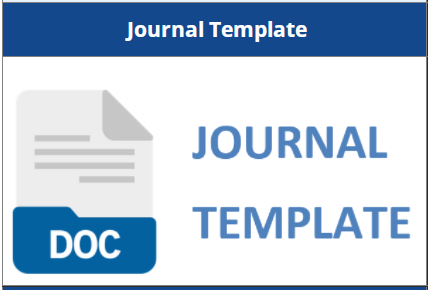KARAKTERISTIK PERKEMBANGAN PERI-URBAN DI KOTA KECIL
Abstract
Previous research often perceived peri-urbanization as a spatial phenomenon that occurs in big cities, which creates problems for suburban areas. This article present empirical evidence of peri-urbanization in small city using the case of Tallunglipu District as a peri-urban area of Rantepao, North Toraja. Comparing the physical, social, and economic data ini 2010 and 2020 using a descriptive statistical analysis, this article found that the higher the physical, social, and economic change, the higher tendency of having a strong urban character, which indicates urbanization, and vice versa. The peri-urban development in Tallunglipu Distric can categorized into five typologies: (1) areas that have high changes in physical, social, and aspects, (2) area with high changes in physical and social aspects but low in economic aspects, (3) area with high changes in social aspect but low on physical and economic aspects, (4) area with high changes on physical aspect but low on social and economic aspects, (5) areas with low changes on physical, social, and economic aspects. Peri-urban typology based on the characteristics of level of changes can provide information for the government in formulating patterns of urban land use in peri-urban areas.
Downloads
References
[2] Expansion in Bangkok, Jakarta, and Santiago. Journal of the American Planning Association, 61 (3), 310 – 327.
[3] Budiyantini Y, Pratiwi V. (2015) Peri-urban typology of Bandung Metropolitan Area. Procedia – Social and Behavior Science, 833 – 837.
[4] Hardati, P. (2011) Transformasi Wilayah Peri-Urban Kasus Kabupaten Semarang. Jurnal Geografi, Vol 8 (2).
[5] Hudalah, D. (2020). From Metropolitization to Megaregionalization: Internationality in the Urban Restructuring of Java’s North Coast, Indonesia. Journal of Planning Education and Research.
[6] Rahayu, P. Mardiansjah, F. H. (2018). Characteristics of peri-urbanization of a secondary city: a challenge in recent urban development. Earth and Environtmental Science. IOP Publishing.
[7] Setyono J, Yunus H, Giyarsih S. (2016) The Spatial Pattern of Urbanization and Small Cities Development in Central Java: A Case Study of Semarang-Yogyakarta-Surakarta Region. Journal of Geomatics and Planning, Vol-3, 53 -66.
[8] Varkey, A. (2019) A Review of Peri-Urban Denifition, Land Use Change and Challenges to Development. Urban India.
[9] Webster D, Muller L. Peri-Urbanization: Zones of Rural-Urban Transition. Human Settlement Development, Vol – 1.
[10] Winarso, Hudalah, Firman. (2015). Transformasi Peri-Urban di Wilayah Metropolitan Jakarta. Habitat International.
[11] Yunus, H. (2008) Dinamika Wilayah Peri-Urban: Dinamika Masa Depan Kota. Yogyakarta: Pustaka Pelajar.












